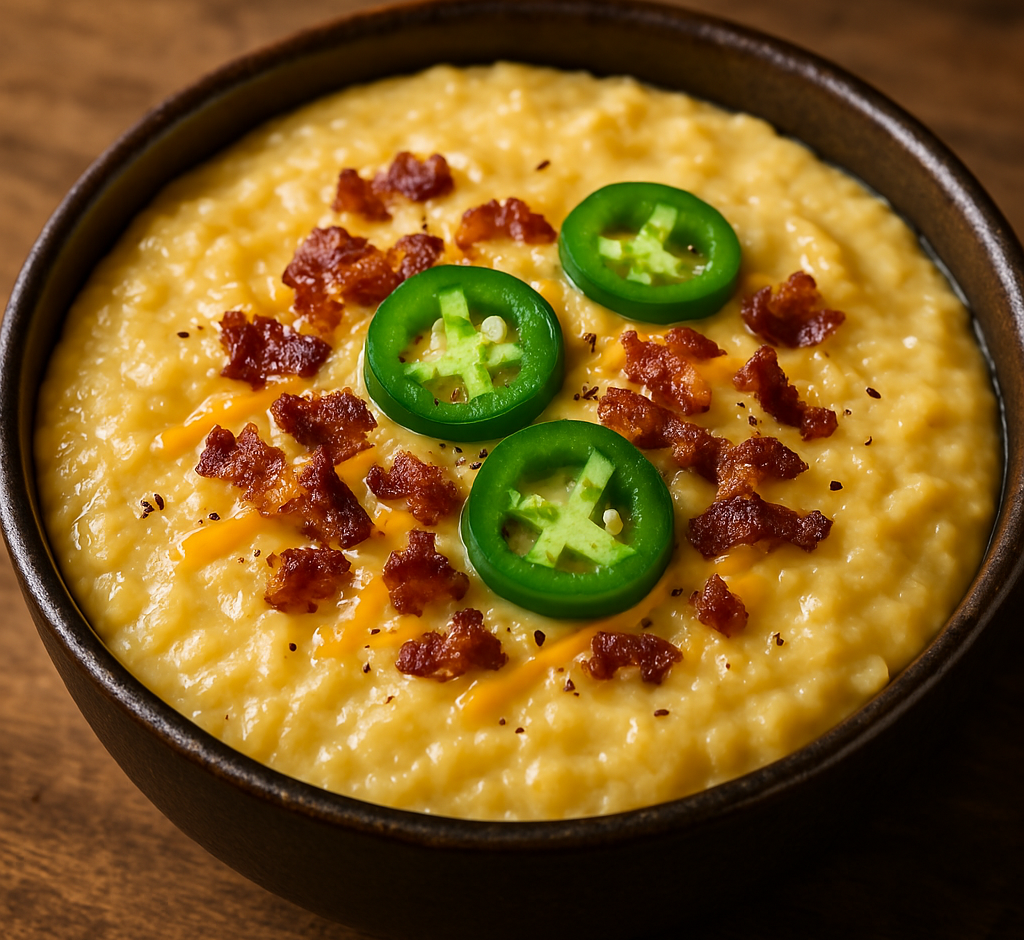
Confused about grill surface temp vs. internal meat temp? Learn why both matter and how to control them like a pro for perfect BBQ every time.
Two Temperatures. One Delicious Goal.
If you’ve ever grilled a steak that looked perfect on the outside but was raw in the middle (or worse, dry as a desert), chances are you were only paying attention to one temperature — and it wasn’t enough. In BBQ, both grill surface temperature and internal meat temperature play vital roles. Understanding the difference is how you go from backyard rookie to certified pit boss.
What Is Grill Surface Temperature?
Grill surface temperature is the heat level at the actual cooking grate — the part your food touches. This is usually measured with a grill surface thermometer or infrared thermometer. It affects how fast your meat cooks, how well you can sear, and how your bark or crust forms.
Common Surface Temp Ranges:
- Low & Slow (Smoker Style): 225–275°F
- Medium Heat (Burgers, Chicken): 350–400°F
- High Heat (Steaks, Searing): 450–650°F+
This temp determines how fast your food will brown, sear, or smoke — but it doesn’t tell you if it’s done inside.
What Is Internal Meat Temperature?
This is the temperature inside your meat — the one that determines whether it’s safe to eat and done just right. You measure it using a meat probe or instant-read thermometer, and it’s the gold standard of doneness.
Example: You can sear a steak at 600°F surface temp, but the inside might still be rare at 90°F. That’s why checking internal temp is essential — especially with poultry, pork, or any ground meat.
Why You Need to Monitor Both
1. Control the Cook
A chicken breast on a 500°F grill might look done in 8 minutes but still be raw inside. Meanwhile, a brisket cooked low and slow at 250°F needs hours to break down connective tissue and reach 200°F internal for that melt-in-your-mouth tenderness.
2. Avoid Burnt Outside, Raw Inside
If your grill surface is too hot, you’ll char the outside before the inside even has a chance to warm up.
3. Perfect Timing
When you understand both temps, you can create reverse sears, smoke meats perfectly, and rest cuts at the right time for carryover cooking.
Pro Tools You’ll Want
- Instant-Read Thermometer: For quick internal checks
- Wireless Meat Probe (like MEATER or ThermoPro): For continuous monitoring
- Infrared Surface Thermometer: For precise grate temps
- Grill Surface Thermometer: Cheap, clip-on solution for daily use
Final Thoughts
Knowing the difference between surface and internal temperature is one of the most important steps in mastering BBQ. Grill surface temp tells you how the heat is working — internal temp tells you when the magic is done.
Track both. Balance both. And you’ll never serve undercooked or overcooked meat again.
